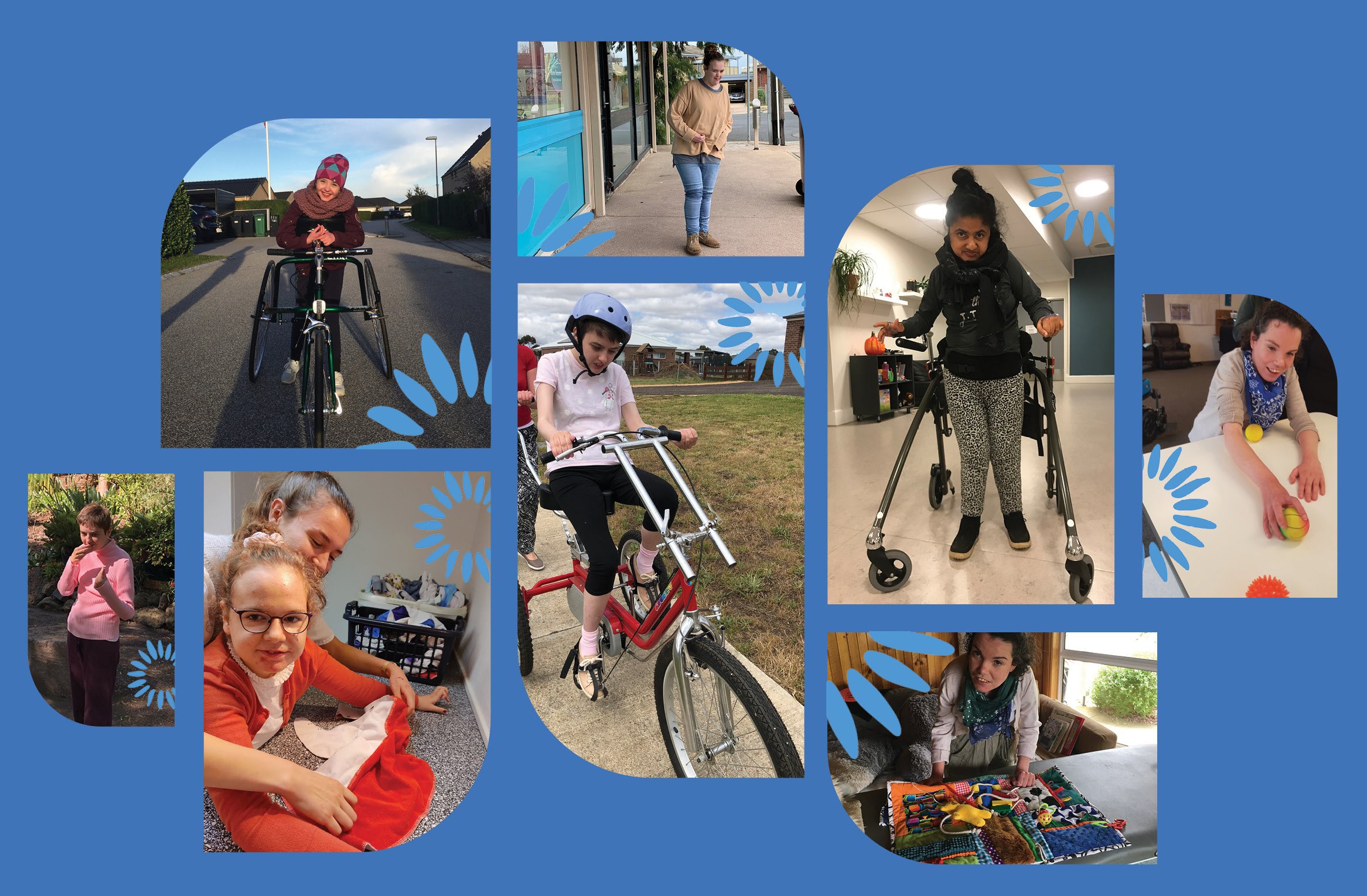Search
Research
Overnight monitoring of sleep biomechanics: A scoping reviewBody position and movement during sleep is assessed for both clinical and research purposes. A diverse array of both assessment tools and classification systems are used to capture and code sleep biomechanics data.
Research
tesG expression as a potential clinical biomarker for chronic Pseudomonas aeruginosa pulmonary biofilm infectionsPseudomonas aeruginosa infections in the lungs affect millions of children and adults worldwide. To our knowledge, no clinically validated prognostic biomarkers for chronic pulmonary P. aeruginosa infections exist. Therefore, this study aims to identify potential prognostic markers for chronic P. aeruginosa biofilm lung infections.
Research
From Local to Systemic: The Journey of Tick Bite Biomarkers in Australian PatientsTick bites and tick-related diseases are on the rise. Diagnostic tests that identify well-characterised tick-borne pathogens (TBPs) possess limited capacity to address the causation of symptoms associated with poorly characterised tick-related illnesses, such as debilitating symptom complexes attributed to ticks (DSCATT) in Australia. Identification of local signals in tick-bitten skin that can be detected systemically in blood would have both clinical (diagnostic or prognostic) and research (mechanistic insight) utility, as a blood sample is more readily obtainable than tissue biopsies.
We investigated the factors that may affect the age at diagnosis for girls and woman with Rett syndrome.
We used multiplex ligation-dependent probe amplification to examine the MECP2 gene sequences in 149 girls and 1 boy.
Novel findings in relation to genotype
Using information from the Australian Rett Syndrome study, we examined the frequency of a range of sleep issues and variation by agegroup or gene abnormalities.
We wanted to assess bone mineral content and bone mass density in girls and women in our Australian study, and whether specific factors had any influence.
Using information provided by the Rett study, we looked at relationships of early development, genetic characteristics and the development of scoliosis.

Rett syndrome is one of the 8,000 rare genetic diseases that collectively affect up to 10% of the population.
